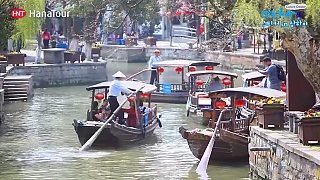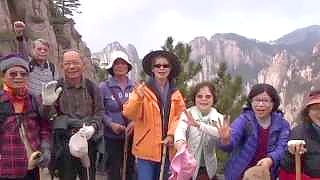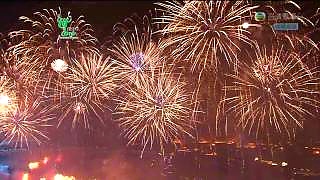 Angela Chang – A Diao 阿刁 – music
Angela Chang – A Diao 阿刁 – music
Related Videos
Featured Videos

|
With Eric Berg ...
With Mel Robbins and Russell Kennedy ...
Plus ...
With Joe Dispenza ...
|

|
An enchanting water town on the outskirts of Shanghai, ZhuJiaJiao retains it's ancient charm ...
The name literally translates as 'Zhu Family home/corner', reflecting its earliest origins. The town lies on the south side of the YangTse River and has many picturesque canals crossed by hundreds of original Ming and Qing dynasty bridges.
|

|
January,2017.
|

|
QianMen : With Wei's Travel ...
GuoMao / CBD : With Visit BeiJing ...
SanLiTun ...
MuTianYu Great Wall ...
|

|
From the Himalayas to the Gobi Desert ...
|

|
HuangShan (Yellow Mountain) is one of the most famous scenic areas in China and a UNESCO World Heritage Site ...
|

|
Eckhart Tolle in conversation with Deepak Chopra and Wayne Dyer ...
|
Tag search ?








 Angela Chang – A Diao 阿刁 – music
Angela Chang – A Diao 阿刁 – music






